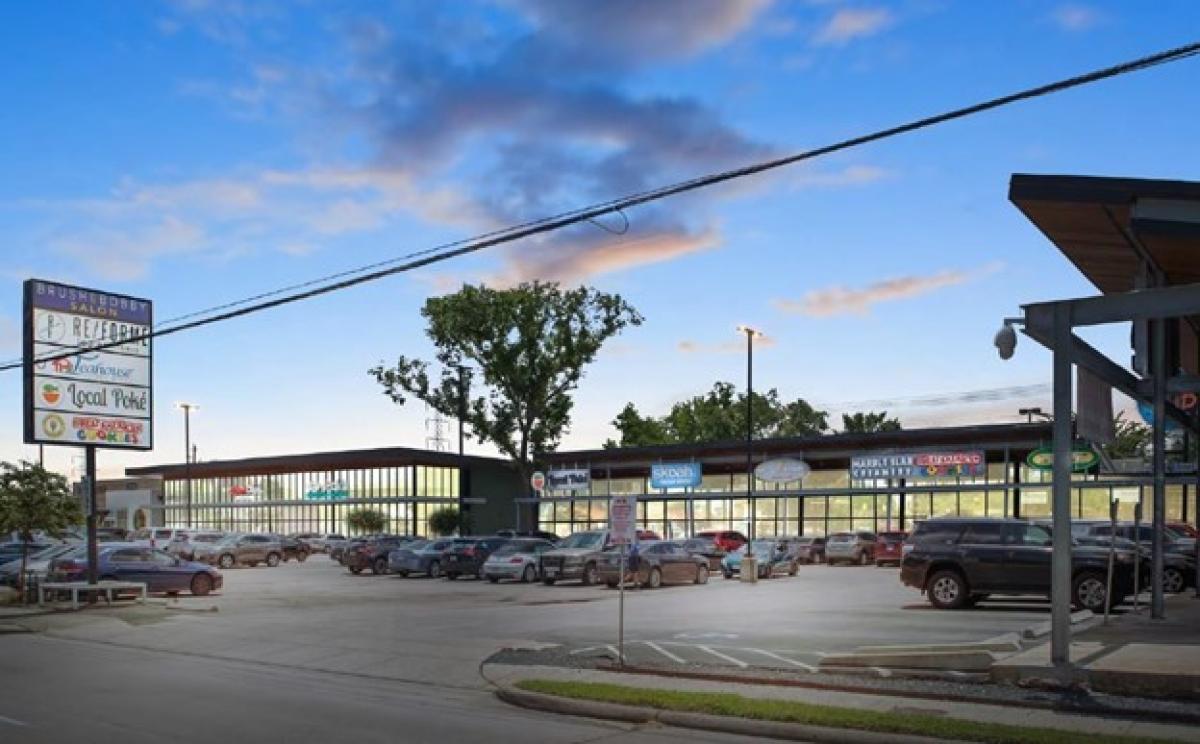By Chad Braun, Co-Founder & Managing Partner – Fifth Corner, LLC.
We are often asked, ‘is now the right time to invest in retail real estate? In response, there is an old Confucius saying that applies – ‘The best time to plant a tree was 20 years ago and the second-best time is now!
In a 2022 CBRE industry report, CBRE quotes, “Open air non-grocery anchored retail offers some of the best risk-adjusted returns in commercial real estate today.” The author goes on to say, “COVID gave us more discretion over our time. Thanks to government stimulus, it has also strengthened most consumers' balance sheets, both resulting in strong retail sales.” We find this to be especially true for experiential and service-oriented retail properties which is the primary tenant mix for neighborhood real estate centers. These centers are embedded in their community and reflect the pulse of the community.
Even more recently, the WSJ Real Estate Property report highlighted increased private investor demand for broader retail real estate citing the more compelling valuations and return potential compared to some of the more in favor commercial types like warehouses and multi-family. That article also noted that many areas of retail have shown some of the strongest fundamentals since 2007. In the area of community-focused real estate, we experienced that firsthand through the pandemic.
Real estate, along with other hard asset classes, has long been regarded as a wonderful hedge against inflation. Inflation is a real concern for the first time in many years. So, how does real estate protect during periods of inflation? Generally, in three ways:
- Cash Flow – commercial leases provide a contractual cash flow stream for investors. Many commercial leases contain incremental increases in the rental rate year over year. These can be in the form of CPI increases or stipulated amounts. These annual increases provide a hedge against inflation because the rental rate is contractually increasing year over year…just like inflation. Additionally, at the end of the lease, the landlord may have the opportunity to ‘mark to market’ the rental rate, thereby adjusting the rental rate or cash flow to keep pace with inflation.
- Building Costs – Inflation directly impacts building costs (just go check the price of 2x4 lumber!), which impacts replacement cost. When replacement costs increase, the value of commercial real estate improvements increase. Thus, there is a very correlated relationship between inflation and the value of commercial real estate improvements.
- Land Value – land (the ultimate hard asset) has historically been an appreciating asset. Because land is considered a ‘scarce asset’, meaning they are not making any more of it, the principals of supply and demand generally allow land appreciation to maintain or eclipse annual inflation (depending on location).
The 4Q2022 retail market vacancy rate for major Texas markets ranges between 4% and 6%, depending on the market. Population and employment growth throughout the major markets of Texas has also led the nation in percentage growth. Capital remains both available and robust for high-quality real estate projects. As such, the fundamentals of commercial real estate (and specifically retail real estate) in Texas markets are very strong and should lead to outsized rental income growth with below-average risk.
In the conclusion of the May 2022 CBRE report, the author writes, “When compared to the cap rate/rent growth projection relationship of other commercial real estate asset types, retail is significantly undervalued.” Anecdotally, we have also heard from multiple global institutional real estate investors that they believe in-fill retail offers the most attractive risk/reward benefit currently.
If you would like to learn more about the fundamentals impacting commercial real estate in our Texas markets, we welcome the conversation.
About the Author:
Chad Braun started his career with Kenneth Leventhal & Co in their real estate advisory practice and has spent the past 25 years exclusively working in the commercial real estate business. He helped grow AmREIT (NYSE:AMRE) from $50 million to over $1 billion in assets when it sold to EDENS in February 2015. As CFO and COO, he was responsible for over 60 employees in multiple offices, all aspects of debt and equity capital formation including leading the Company’s IPO on the New York Stock Exchange, accounting and reporting, asset and portfolio management, investor and institutional relations and human resources. Chad is currently the Managing Partner and Co-Founder of Fifth Corner, a private equity real estate firm focused on creating value on Irreplaceable CornerTM properties throughout the major markets of Texas and the Southeast United States.





